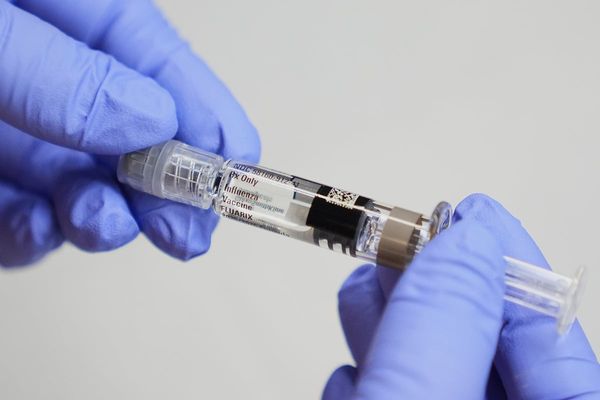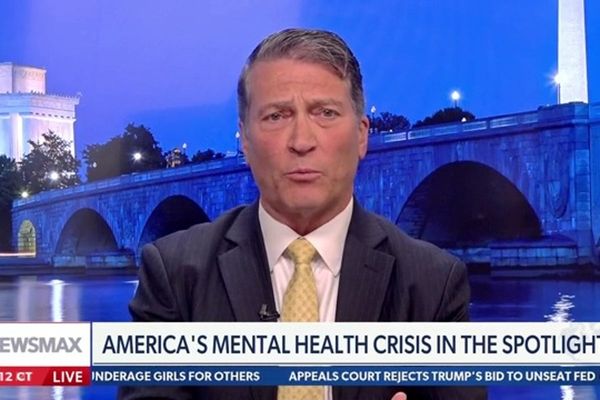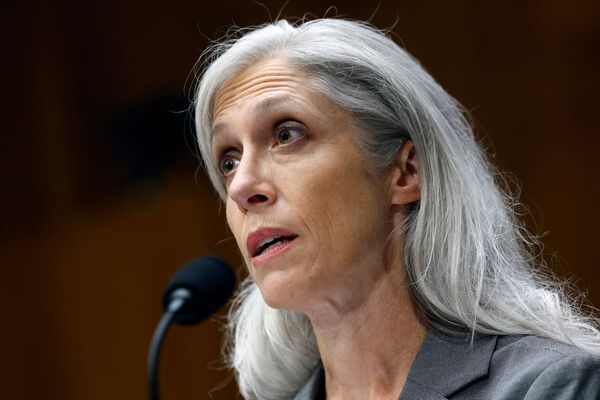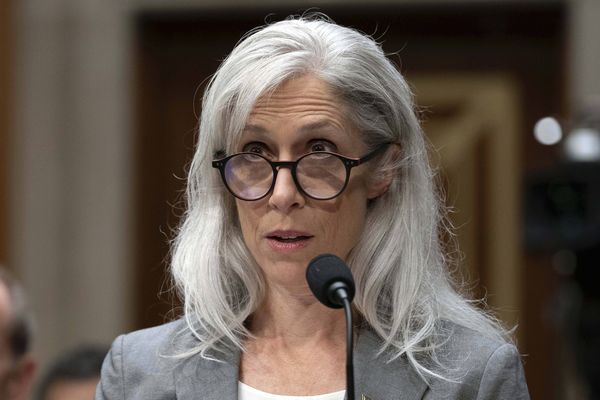After the Supreme Court struck down his $400 billion student loan forgiveness plan on Friday, President Biden said his administration is formulating a workaround to help student borrowers. That's on top of a Plan B already on the table to limit monthly payments to 5% of discretionary income.
Yet neither of these options appears to be a quick fix or a sure thing to surmount legal challenges. Biden also offered a Plan C, though it's one that financial advisors would probably not recommend.
Biden Makes Student Loan Payments Optional
With interest on student loans set to start accumulating in September after a more than three-year pause, the first payments will come due in October. Biden said his administration is "creating a temporary 12-month on-ramp" to repayment. While interest will keep accumulating, borrowers will be allowed to skip payments without getting reported to credit agencies or potentially having their wages garnished.
Supreme Court Ruling
The Supreme Court ruled, 6-3, that the Biden administration had overstepped authority under the 2003 Higher Education Relief Opportunities for Students Act, which had allowed the Department of Education to alter financial assistance programs in connection with military operations or a national emergency.
The opinion didn't come as a surprise. Recent rulings by the conservative-dominated court show little patience for government agencies adopting consequential policies without the explicit consent of Congress. That's why analysts believed the issue of standing would be paramount.
The plaintiffs argued that Missouri finances could suffer if state-created student-loan servicer MOHELA loses revenue due to debt cancellation. The conservative justices agreed, finding that the loan forgiveness could cost the agency $44 million a year in fees.
Student Loan Relief Plan B And C
The Biden administration's Plan B and Plan C don't rely on the same Heroes Act, working through other existing legislation. Still, courts are likely to decide whether Congress intended those laws to be used for sweeping debt reduction or payment relief.
Biden said his "new path" to debt cancellation would go through the Higher Education Act. Working through this act will require clearing required procedural hurdles, including a public hearing in July. That could extend the process a year or more. The Biden administration didn't detail the extent of the debt forgiveness that might be undertaken.
Depending on how far-reaching the new debt forgiveness will be, the Higher Education Act might prove more workable, since it has previously been used to forgive $66 billion in student debt.
Biden also discussed another student-loan relief effort that was first announced in the fall of 2022. Under the plan, student loan borrowers would have to pay no more than 5% of income above about $33,000 per year, down from 10% under current law. Those making less than $33,000 would pay less. Officials say it would save a typical borrower $1,000 a year. Biden's proposed income-driven repayment proposal would cost the government an estimated $250 billion.
The previous income-driven repayment plan cost less than $10 billion. That raises a question about whether the new plan oversteps authority.
Economic Impact As Student Loan Payments Resume
Biden's continued efforts to provide student loan relief muddles the picture about the economic impact of the end of the moratorium on student loan payments.
Deutsche Bank figures the resumption of student loan payments will cut consumer spending by up to $14 billion per month. That amounts to $305 per borrower, analysts Gabriella Carbone and Krisztina Katai wrote on June 21.
Goldman Sachs estimates that personal consumption spending could face an average hit of six-tenths of a percentage point in the last four months of 2023.
The White House had said that its student loan forgiveness program would fully erase student debt for about 20 million borrowers. About 60% of the 43 million eligible for debt reduction have received Pell Grants, making them eligible to have $20,000 in student debt erased.
Other borrowers could have had up to $10,000 of their student debt canceled. Eligibility extended to those earning up to $125,000 per year, or $250,000 for couples.
Student Loan Payment Holiday Impact
A New York Fed study estimated that student loan borrowers saw $195 billion worth of payments waived in the first two years of the moratorium. That sum has now likely grown to around $300 billion.
The student loan payment holiday not only allowed borrowers to spend more freely but enabled them to take on other debt. Yet now, even before a resumption of student loan payments, Deutsche Bank notes a "sharp rise in credit card delinquency rates," from 1.5% in the third quarter of 2023 to 2.4% in the latest quarter. Delinquencies remain well below the peak of around 6% triggered by the 2008 financial crisis.







